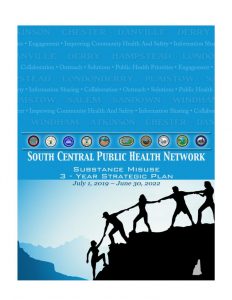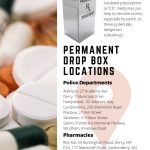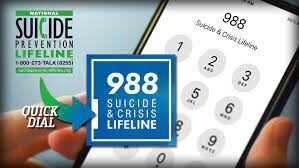Your Brain and Addiction
When Richard Nixon declared a “War on Drugs” in 1971, no one anticipated that it would be one of the longest running wars in history and continue today. In 1987, the Partnership for a Drug Free American launched its “This is your brain on drugs” campaign, illustrating the rapid frying of a cracked egg in a hot pan.

The brain does change when you use substances. The human brain is the most complex organ in your body. It controls all human activity and intellect. Drug use will affect the way your brain functions and your behavior in a significant way.
When you engage in an activity that you enjoy, your brain releases a hormone called Dopamine. Dopamine can be released while running, painting, doing art projects or eating a great cupcake. Even something as simple as drinking water can cause the reward system to be activated. It is how we survive. This is how pleasurable habits are formed. When we do something that causes dopamine to be released and we are rewarded with a good feeling, we go back to that activity to achieve that feeling again.
How does all of this play into addiction? Some pleasurable habits can be good; running every day is good for the cardiovascular system, muscular system, and skeletal system. Negative and dangerous habits form in the same way. Some examples of bad habits are overeating, misusing medication or other substances or drinking too much alcohol.
For some, it starts as experimentation. A person may try a particular substance for the first time. In this example, consider the substance to be an opioid. The first time a person tries an opioid, the brain lets it in because it causes more dopamine to be released and the pleasure sensors in the brain are stimulated. With such a strong pleasure reward, the brain will crave more and more. Over time, previously pleasurable activities like exercise or good food become less appealing as the brain becomes rewired to demand the pleasure provided through the opioid.
Harvard School of Public Health tells us that “Addiction exerts a long and powerful influence on the brain that manifests in three distinct ways: craving for the object of addiction, loss of control over its use, and continuing involvement with it despite adverse consequences. (2011)
Your brain can recover. “Like other chronic diseases such as heart disease or asthma, treatment for drug addiction usually isn’t a cure. Nevertheless, addiction can be managed successfully. Treatment enables people to counteract addiction’s disruptive effects on their brain and behavior and regain control of their lives. (National Institueon Drug Abuse (NIDA, 2016)

There are many different types of treatment programs available. Treatment helps the individual detox from the opioid and manage the cravings. Many of them also teach coping skills and how to build strong social networks to help avoid relapse. As time goes on, the brain adapts to treatment, the urges are less prevalent, and the individual can begin again to enjoy other pleasurable activities in their lives.
Looking for more information on your brain and addiction? Check out these links:
https://www.health.harvard.edu/newsletter_article/how-addiction-hijacks-the-brain











